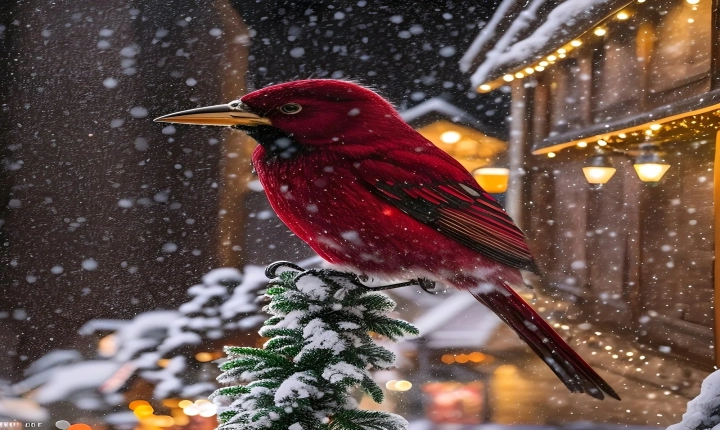Title: Is AI Taking Over Animation?
The animation industry has seen significant advancements over the years, with the introduction of new technologies and techniques leading to enhanced visual effects and storytelling capabilities. One of the latest developments in this field is the integration of artificial intelligence (AI) into the animation process. While AI has the potential to revolutionize animation production, it has also sparked debate about its impact on the creativity and the role of human animators.
AI has the ability to automate certain aspects of the animation process, such as in-betweening, motion capture, and rendering, which traditionally required manual labor and time-consuming effort. This has led to increased efficiency and cost-effectiveness, allowing animators to focus more on the creative aspects of their work. Furthermore, AI can analyze and learn from vast amounts of data, enabling it to generate complex and realistic animations that mimic human movement and behavior.
Despite these advancements, the integration of AI into animation has raised concerns about the potential displacement of human animators. As AI continues to improve and take on more complex tasks, there is a fear that it could lead to a decline in job opportunities for human animators. This has sparked a debate about the ethical and economic implications of AI’s growing influence in the animation industry.
On the creative side, some animators worry that the use of AI may stifle artistic expression and lead to homogenized, formulaic animations. The human touch and the ability to infuse personal creativity and emotion into the animation process could be overshadowed by the efficiency and predictability of AI-generated content. There is also concern about the potential loss of traditional animation techniques and craftsmanship, as AI takes over more of the production process.
However, proponents of AI in animation argue that it can be a valuable tool for enhancing the creative process rather than replacing it. AI has the potential to assist animators in streamlining certain tasks, allowing them to focus on the more intricate and imaginative aspects of animation production. It can also aid in data analysis and pattern recognition, providing animators with valuable insights and inspiration for their work.
Furthermore, AI can be used to push the boundaries of animation by enabling the creation of innovative and visually stunning effects that were previously unattainable. Through the combination of AI and human creativity, animators have the opportunity to explore new artistic possibilities and deliver more immersive and engaging experiences to audiences.
In conclusion, the integration of AI into animation is undoubtedly reshaping the industry, creating both opportunities and challenges for human animators. While AI has the potential to revolutionize the animation process and enhance creative capabilities, it also raises concerns about job displacement and the erosion of traditional artistic values. Finding a balance between AI-driven automation and human creativity is essential to ensure that the animation industry continues to evolve while preserving the artistry and skill of human animators. Ultimately, it is the collaborative efforts of AI and human animators that will lead to the most compelling and captivating animated content in the future.
